
Alcohol always accompanies delicious dishes either when people first meet or when old friends have a reunion. China produces liquor, beer, wine, yellow wine, and fruit wine.
Liquor
Chinese liquor, which is one of the six world-famous varieties of spirits (the other five being brandy, whisky, rum, vodka, and gin), has a more complicated production method and can be made from various staples - broomcorn, corn, rice, and wheat. Opinions regarding the origin of this liquor are divided but in the main there are four possibilities varying from the Eastern Han Dynasty (25 - 220), Tang Dynasty (618 - 907), Song Dynasty (960 - 1297) to the Yuan Dynasty (1271 - 1368), but most people tend to agree that it actually dates from the Song Dynasty. Based on this long tradition, today's distillers create a spirit that is crystal clear, aromatic, and tasty. The most famous brand is Maotai and this holds the title of the 'National Liquor'. It is said that an empty bottle that was once filled with Maotai will emanate its fragrance after a few of days. There are other excellent brands also such as Wuliangye and Luzhou Tequ. These were both award winners at the Panama International Exposition. To facilitate its slow maturing process, the spirit is stored for 4 - 5 years, over which time the full fragrance and flavor develops, thus ensuring that it is a most enjoyable beverage to offer honored guests.
 Yellow Wine
Yellow Wine
As one of the world's ancient wines, Yellow wine, is unique and traditional in China. With a history going back some 5,000 years, it is renowned for its yellow color and luster. Made from rice and sticky rice, the alcohol content is usually 10 - 15 per cent. After the fermentation process, the wine has a balmy fragrance and is sweet tasting with no sharpness. The wine has a wide appeal and is often used for culinary purposes as well as a beverage. The most popular brands of yellow wine are made in Shaoxing, Zhejiang Province and in Shandong, while Hongqu yellow wine made in Fujian.
Fruit WineFruit wine is mainly made from grapes, pears, oranges, litchis, sugarcane, hawthorn berries, and waxberries and all are quite palatable. Fruit wines possibly have the longest history and there is even a legend that apes brewed wines based on the natural fermentation of fruits; while the man-made wines appeared later. Wine was probably brought into China from the western region in the Han Dynasty (206 BC - 220) and was popular in the Tang Dynasty. Now the fruit wine production is quite widely produced, with grape wine being the most prominent.
Integrated Alcoholic Beverages These drinks are created from wine and spirits to which has been added the zest or fragrances from fruits, herbs or flowers. More exotic or medicinal concoctions can contain other plant or even animal derivatives. These blends include wines and medicinal beverages with a very wide range of aromas, flavors and benefits in which the various levels of alcohol and sugar content help to produce styles that are so unique to China. The craft of medical practitioners from ancient times has been well documented and there are many books detailing the art and methods of producing these health products. Alternative medicine is a vital part of tonic day-to-day Chinese life and medicines such as tiger-bone liquor, wolfberry wine, safflower wine, ginseng-antler wine, etc. are still produced and contribute to the extensive repertoire of treatments available.
BeerUnlike spirits and many wines, beer has much lower alcohol content and is most commonly made from barley and hops. Although beer was not produced in China until the early 20th century, the historical records show that as far back as 3,200 years ago a light, sweet wine named 'li' was made using malted barley. It took time for beer to become widely accepted by the Chinese people but in modern China there is a thriving brewing industry and today there are many brands of quality beers which have become well-known and appreciated by beer drinkers both at home and abroad.
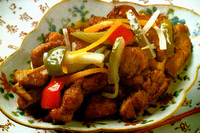 4 servings
4 servings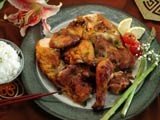
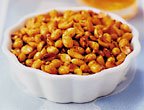
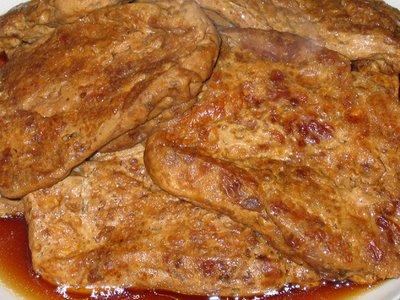


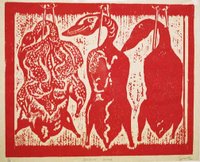
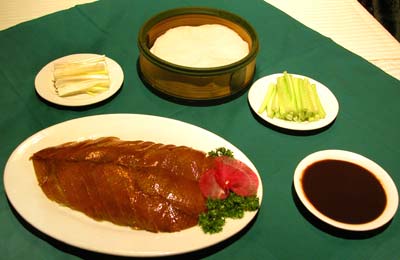




 Yellow Wine
Yellow Wine




